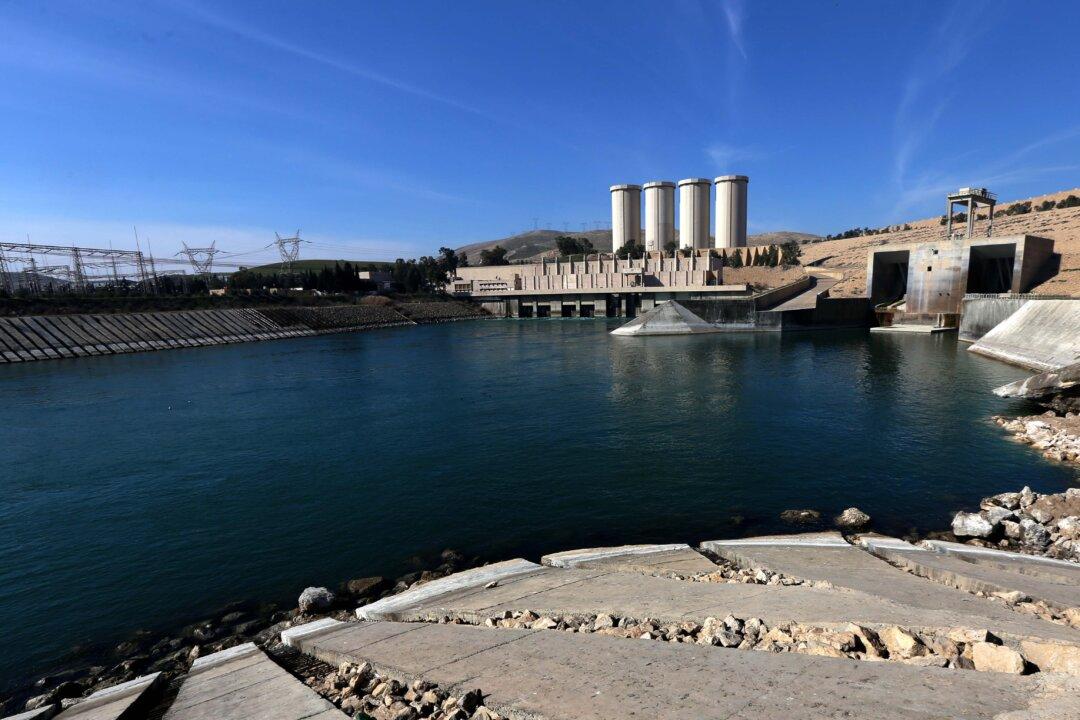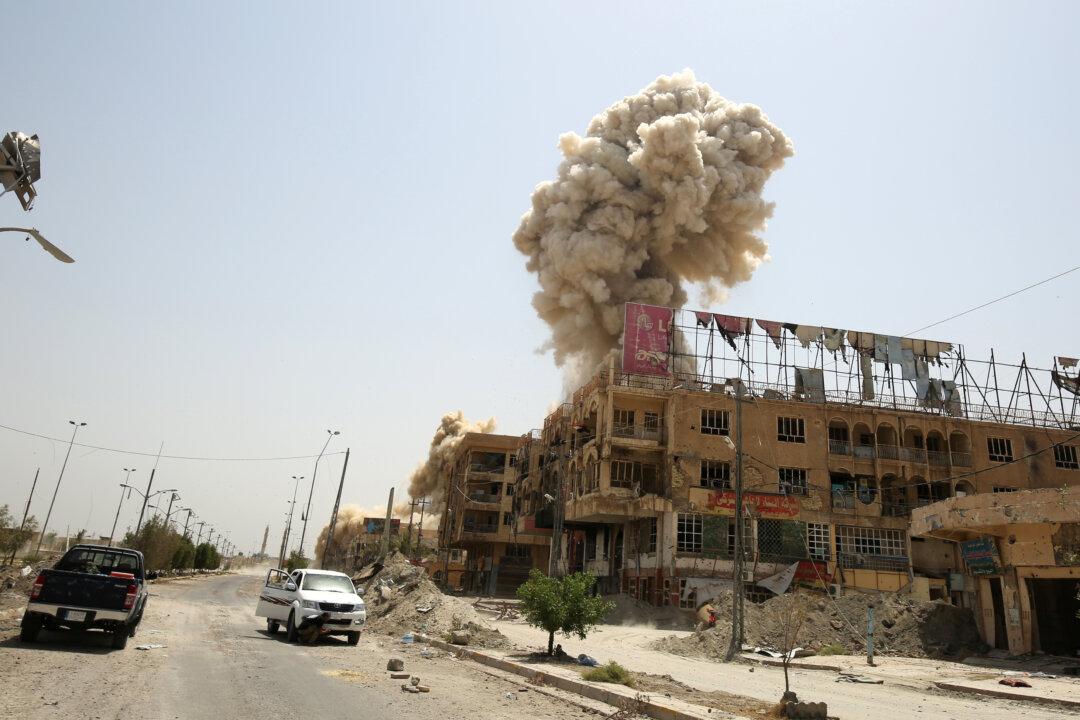Nobody can predict what the forces of Mother Nature will do. Therein lies the problem for those anxiously watching and waiting to see how the Mosul Dam in Iraq holds up against spring rains, melting snow caps, and the rising level of the Tigris River and its tributaries.
Mosul Dam is considered by global experts to be one of the most dangerous dams in the world. Now it appears to be in imminent danger of collapsing if the reservoir level behind it, which is now at about 50 percent capacity, gets too high.
The resulting loss of life would be so catastrophic that conservative estimates put the potential death toll at 500,000 people.
Problems From the Beginning
The 30-year-old dam in the north of the country—just a few miles from the ISIS-held city of Mosul—has an already complex history made even murkier by war and steady structural deterioration.





